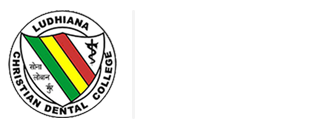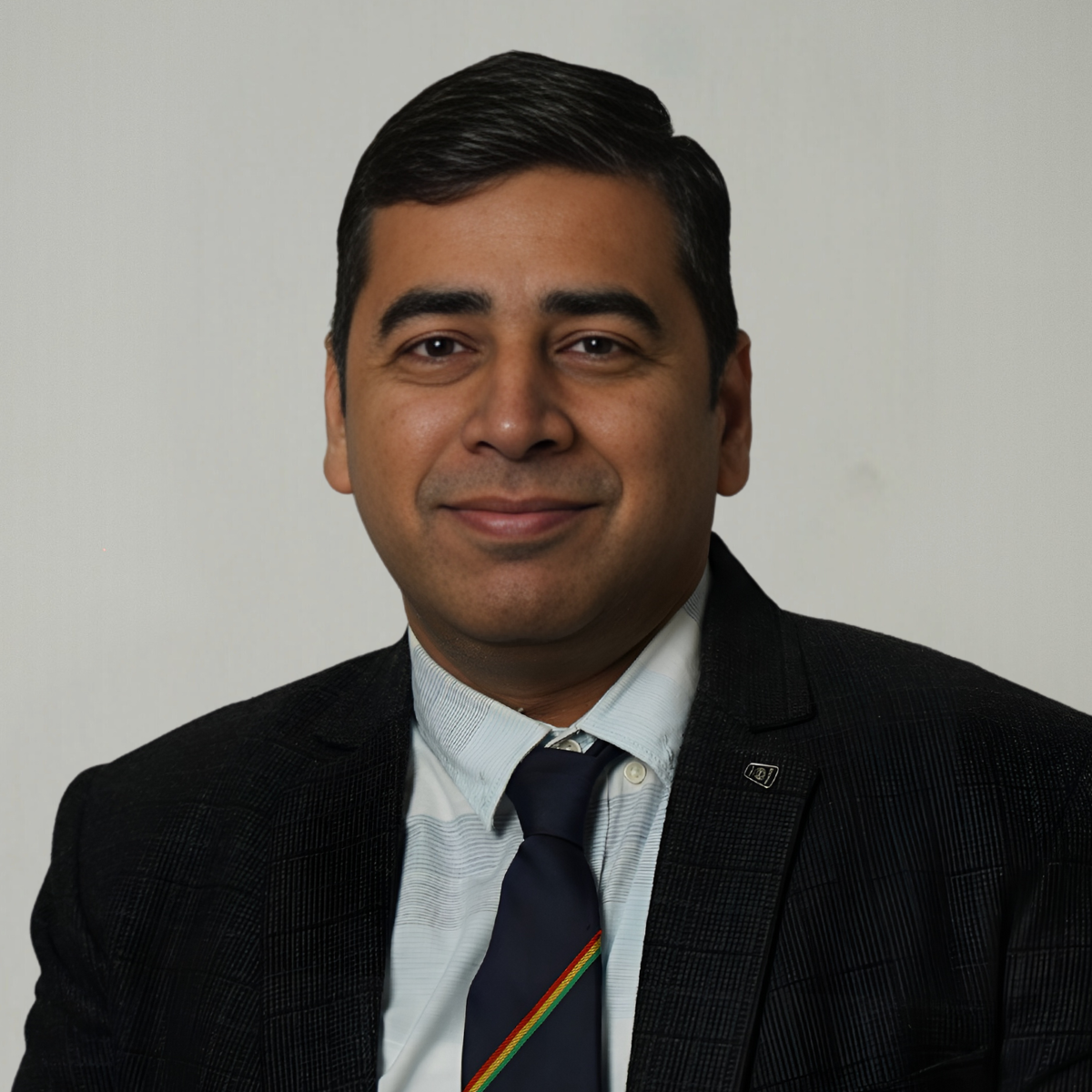ORAL MEDICINE & RADIOLOGY
What is Oral Medicine & Radiology?
Oral medicine focuses on diagnosing and treating oral and maxillofacial disorders and pathologies without surgery. In cases requiring diagnosis, an Oral Medicine Specialist determines the necessary investigations or tests. It’s a field dedicated to education, research, service, and patient treatment. Diagnostic Radiology is a vital component, focusing on radiographic imaging, interpretation, and diagnosing head and neck diseases. The Department of Oral Medicine and Radiology at CDC strives to achieve international standards across all its services.
Why choose us?
We are the pioneers in the region providing accurate diagnosis and managing all kinds of oro-mucosal diseases like frequent ulceration of the mouth, Lichen Planus, and management of burning sensation in the oral cavity. Our experienced and highly efficient faculty treats neurological disorders affecting the head and neck region. Our team manages the complete treatment of orofacial pain conditions, including temporomandibular disorders (TMD) by use of TENS and low-level laser therapy. We use the most advanced CBCT machine in the region for accurate implant planning. We have the first tobacco cessation centre in North India.
- Diagnosis & Management of oral mucosal lesions
- Diagnosis & Management of TMD & orofacial pain
- Diagnosis & Management of potentially malignant disorders of the oral cavity
- Diagnosis of oral malignancies
- Treatment of medical complications that can arise while treating systemically compromised patients.
- Radiographic interpretation and diagnosis of head and neck pathology.
- Tobacco cessation program.
- Pre-clinical training of intra-oral periapical radiographs.
- Recording and diagnosing routine dental cases.
- Recording and diagnostic workup of special cases.
- Interpreting IOPAR and orthopantomogram
- Case presentations and clinical discussions
- Internship
- Management of patients with premalignant conditions and lesions.
- Management of patients with neurosensory disorders.
- Management of TMDs with oral physiotherapy.
- Exposure to advanced radiological procedures like taking OPG, CBCT
- Tobacco cessation and counselling the patients.
Gallery
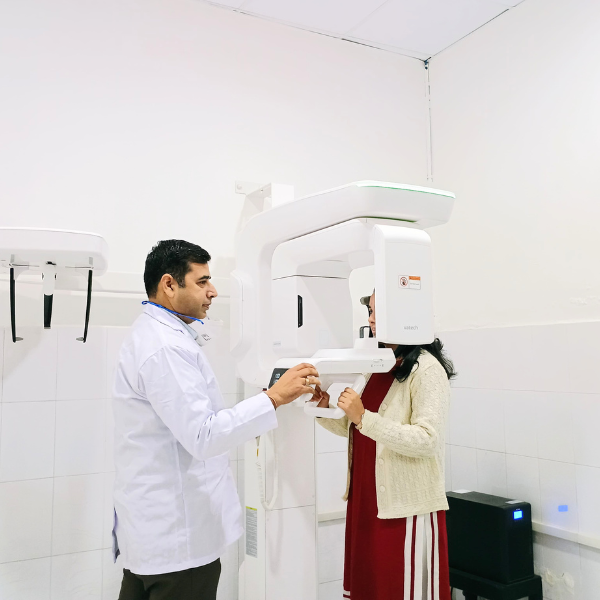
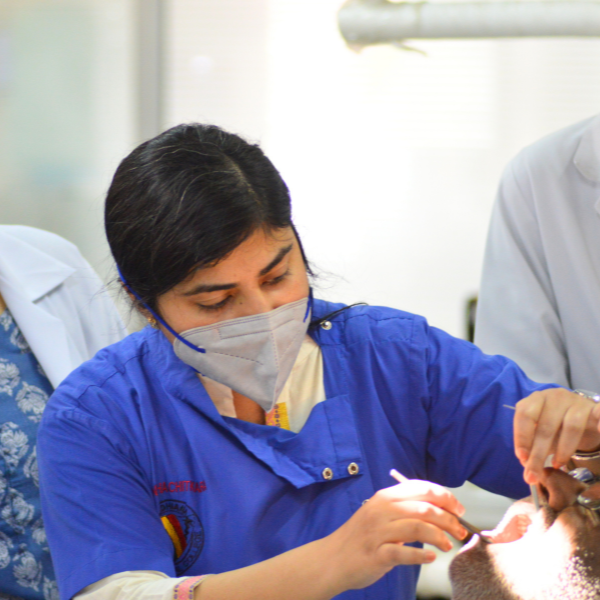
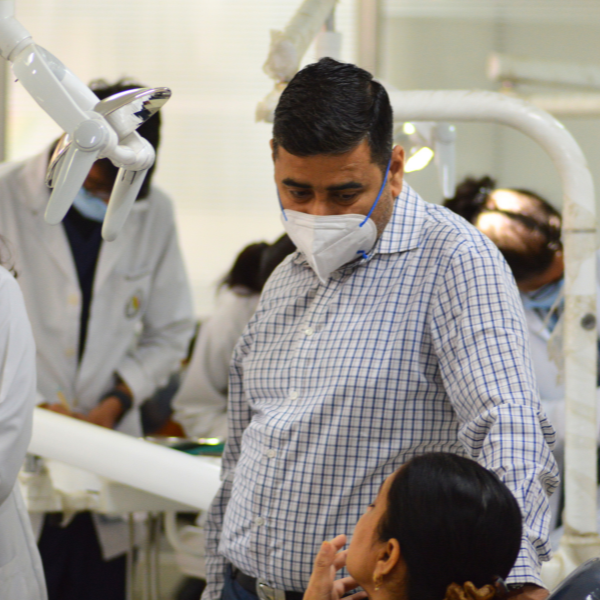
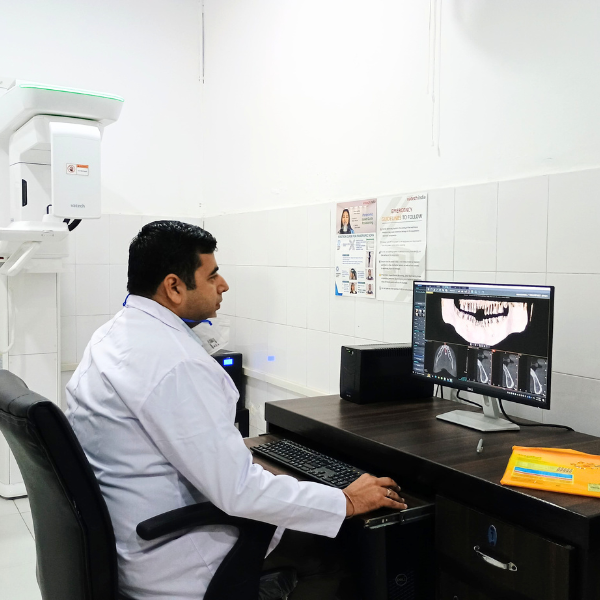
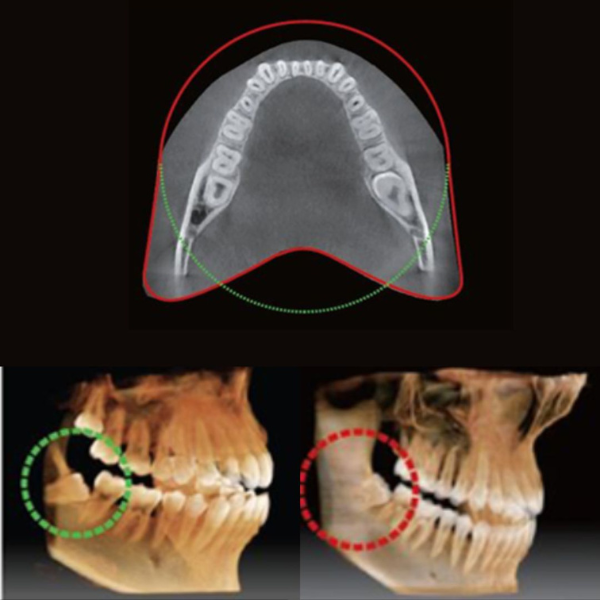
Frequently Asked Questions
CBCT, or Cone Beam Computed Tomography, is a specialized type of x-ray equipment that provides detailed, 3D images of dental structures, soft tissues, nerve paths, and bone. It is different from traditional x-rays as it offers a more precise and comprehensive view, which is essential for complex diagnoses and treatment planning.
A CBCT scan is recommended for various dental procedures including implant planning, orthodontics, root canal evaluations, and complex surgeries. It helps in accurately assessing dental anatomy and is particularly useful in diagnosing potential issues that are not visible with regular x-rays.
Orofacial pain refers to any pain perceived in the face and/or oral cavity, caused by diseases or disorders of regional structures, dysfunction of the nervous system, or through referred pain from adjacent regions.
Common causes include dental conditions such as tooth decay, gum diseases, temporomandibular joint disorders (TMJ), sinus infections, facial neuralgias, headaches, and psychological factors such as stress and anxiety.
TMJ clinics offer a range of treatments including physical therapy, dental splints, oral medications, and in some cases, surgical interventions. Treatment plans are tailored to address the specific needs and symptoms of the patient.
TENS, or Transcutaneous Electrical Nerve Stimulation, is a therapy that uses low-voltage electrical currents to relieve pain. In dental care, TENS therapy is used to manage chronic pain, particularly in the treatment of TMJ disorders and muscle pain by relaxing muscle tone and improving blood circulation.
The turnaround time for diagnostic imaging results varies depending on the type of test and complexity of the case. Generally, results are provided to the referring dentist or physician within a few days to a week.
